How to Manage Your Time and Schedule as a Spa Receptionist: Tools and Strategies for Optimizing Your Productivity and Efficiency
Are you a spa receptionist seeking to enhance productivity and streamline daily tasks? Managing time effectively is crucial in a dynamic spa environment where appointments, inquiries, and various administrative duties demand attention. In this comprehensive guide, we will explore tools and strategies to help spa receptionists efficiently manage their time and schedules.
Understanding the Unique Challenges of Spa Receptionists:
The role of a spa receptionist is multifaceted, involving a combination of customer service, appointment management, and administrative responsibilities. Balancing these tasks while maintaining a welcoming atmosphere for guests requires strategic time management. Here are some common challenges faced by spa receptionists:
Appointment Overload:
Managing a high volume of appointments can lead to scheduling conflicts and a potential backlog of tasks.
Unpredictable Workload:
The dynamic nature of a spa environment means that tasks can be unpredictable, requiring flexibility and adaptability.
Customer Inquiries:
Dealing with inquiries, both in-person and over the phone, can be time-consuming and may interrupt scheduled tasks.
Administrative Duties:
Administrative tasks, such as data entry, paperwork, and maintaining records, contribute to the workload.
Tools for Efficient Time Management:
Spa Management Software:
Invest in a reliable spa management software that includes features for appointment scheduling, client management, and billing. Such software automates many tasks and streamlines operations.
Calendar Apps:
Utilize calendar apps to manage your schedule efficiently. Sync your spa’s appointment calendar with your personal calendar to stay organized.
Task Management Apps:
Task management apps help prioritize and track your daily tasks. Create to-do lists and set deadlines to stay on top of your responsibilities.
Communication Platforms:
Use efficient communication platforms for internal communication with other spa staff. This ensures that everyone is on the same page regarding scheduling and daily operations.
Appointment Reminder Systems:
Implement an appointment reminder system to reduce no-shows. Automated reminders can be sent via email or text, saving time spent on manual reminders.
Online Booking Systems:
If applicable, introduce an online booking system. This allows clients to schedule appointments at their convenience, reducing the workload on the front desk.
Digital Filing Systems:
Transition to digital filing systems for paperwork and records. This not only saves physical space but also makes information retrieval quicker and more efficient.
Strategies for Effective Time Management:
Prioritize Tasks:
Identify and prioritize tasks based on urgency and importance. Focus on high-priority tasks first to prevent bottlenecks.
Time Blocking:
Implement time blocking techniques where specific time periods are dedicated to specific tasks. This helps maintain focus and prevents multitasking.
Set Realistic Deadlines:
Establish realistic deadlines for tasks. Avoid overcommitting and allocate sufficient time for each responsibility.
Delegate When Possible:
If you have a team, delegate tasks to appropriate team members. This ensures a more even distribution of responsibilities.
Establish Routine Procedures:
Create routine procedures for common tasks. Having a set process for handling inquiries, bookings, and administrative duties reduces decision fatigue.
Learn to Say No:
It’s essential to recognize when your plate is full. Politely declining additional tasks when necessary helps maintain a manageable workload.
Batch Similar Tasks:
Group similar tasks together and address them in batches. This minimizes context switching and improves efficiency.
Continuous Training:
Stay updated on the latest features and functionalities of your spa management software. Regular training ensures that you make the most of available tools.
Regular Breaks:
Take short breaks throughout the day to recharge. Short breaks can enhance focus and prevent burnout.
Evaluate and Adjust:
Periodically assess your time management strategies. Identify what works well and what needs adjustment to continually improve efficiency.
Case Studies: Successful Time Management in Action
Streamlining Appointment Scheduling
A spa receptionist implements a spa management software that allows clients to book appointments online.
Result:
The receptionist experiences a reduction in phone inquiries and can focus more on other tasks.
Online booking leads to a more evenly distributed appointment schedule.
Task Delegation
A spa receptionist delegates some administrative tasks to a junior staff member.
Result:
The receptionist has more time for customer interactions and high-priority tasks.
The junior staff member gains valuable experience and contributes to the team’s efficiency.
Efficient time management is a cornerstone of success for spa receptionists. By leveraging the right tools and implementing strategic strategies, receptionists can navigate the challenges of a dynamic spa environment with ease. Whether it’s optimizing appointment scheduling, streamlining administrative tasks, or enhancing communication, effective time management contributes to a smoother operation and a more satisfying experience for both staff and spa guests. Embrace these tools and strategies to master time management and elevate your role as a spa receptionist in the fast-paced and rewarding world of wellness.


